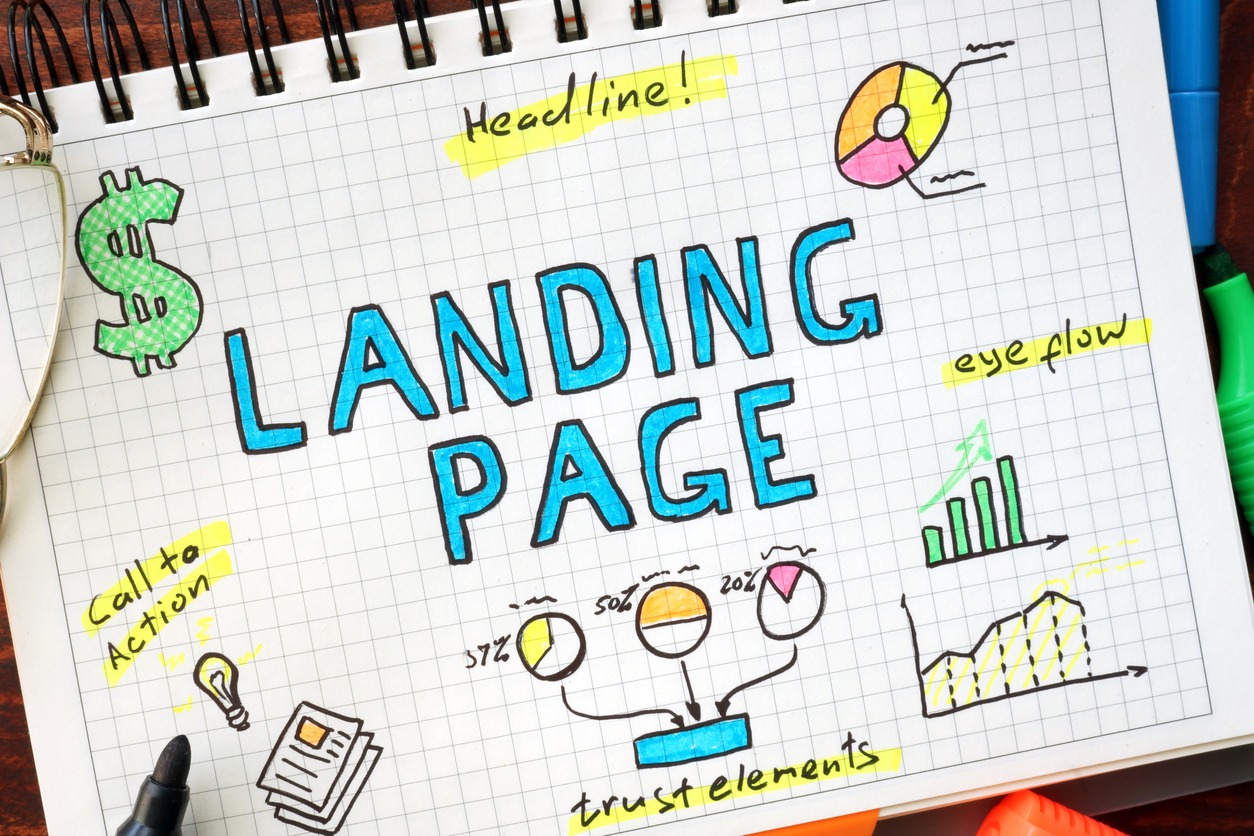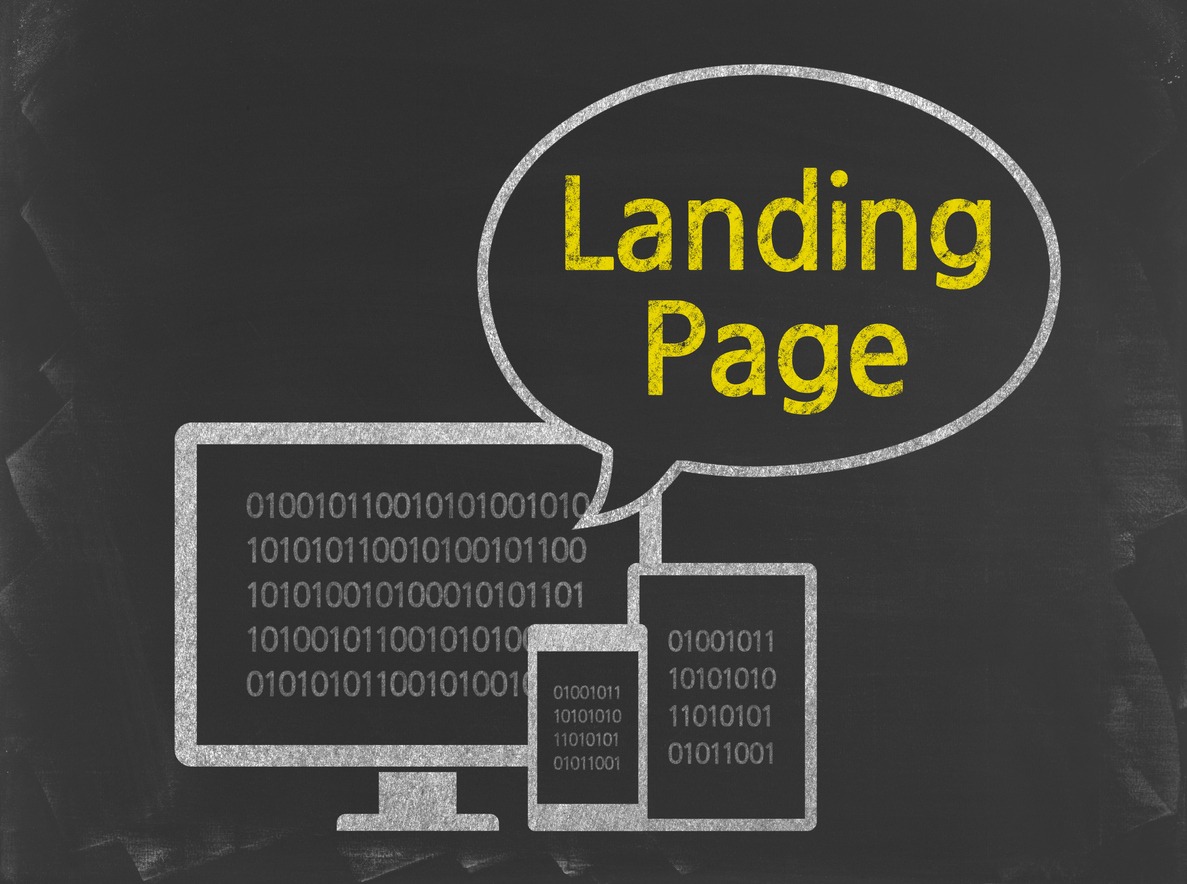Today, GrowME Marketing looks at one of the most important aspects of SEO in Toronto: optimizing landing pages. Join us and learn all about the many functions necessary to take your landing pages from “okay” to “no way”!
Backend Optimizations
Backend optimizations can lead to a fair amount of success where it concerns SEO in Toronto. These are the developer decisions and optimizations which lead to a better overall user experience and are the main function of the latest Google Update.
Page Speed
The page speed of your landing page is one of the most critical factors in today’s digital landscape. If your site takes too long to load, users will just leave and find a competitor’s website that doesn’t take forever to load. This is known as the bounce rate of your page, and it must be optimized for any growth or success to be found.
HTML Tags
Many of the optimizations you will see throughout this article have a dual focus. On the one hand, they are designed to give search engines the heads up that you are trying to optimize your website. On the other hand, they are designed to give your users the best possible experience. HTML tags are the epitome of this duality, as they are rarely seen or understood by users but are optimized exclusively to make their experience better.
When optimizing your HTML tags for SEO in Toronto, you want to ensure that they make sense within the context of the page. If your landing page is for a service, the highest priority tag should state that service and no more. When you break it down into sub-services, secondary tags should be employed so people understand they are subcategories of the overall picture.
Content Optimizations
The words on your landing page should be impactful, bold and descriptive of your product or service. Optimizing content is an important part of optimizing your landing pages and can often help you understand the structure of your page better.
Keyword Choice
Choosing the right keyword sounds relatively simple. Just pick the one that most accurately describes your service, right? While it would be nice to say it is that simple, sometimes optimization requires a bit more specificity. This could be adding the location where your product or service is available, or it could be choosing a more specific search term that isn’t as competitive.
Not Over-optimized
Once you have the right keyword for your landing page, it is important not to abuse it. Keyword stuffing has been an SEO no-no almost since SEO began, and adding too many instances will lead to punishments from major search engines. Instead, add it as much as is necessary to ensure your content makes sense. In other words, write naturally and with quality in mind, and you’ll likely have the right amount of instances.
The Right Length
In the same vein as not over-optimizing your content is not adding too much content in general. Remember, internet users are not looking for long explanations and in-depth information. They are looking for a broad overview where they can hone in on specifics after they have chosen a company or business to perform the work. The best way to optimize the length of your content is by comparing your landing page with other similar websites.
Other Optimizations
The design of your landing page is also critical to its success. Using simple elements that don’t require a lot of bandwidth can help, as can choosing simple, high-resolution images that aren’t too big. Optimizing your landing pages takes time and trial and error, so don’t be afraid to make changes and adopt new strategies!


